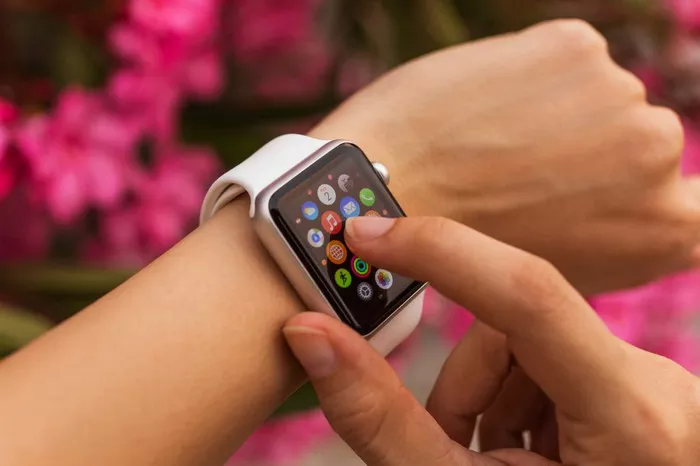The Apple Watch has evolved into a multifaceted health and fitness companion, equipped with an array of sensors and features. Among the health metrics users aspire to monitor, blood pressure stands out as a vital indicator of cardiovascular well-being. The question that echoes through the Apple Watch community is: Can I check blood pressure with Apple Watch? In this comprehensive guide, we will explore the capabilities, limitations, and potential advancements related to blood pressure monitoring on the Apple Watch.
1. Current State of Blood Pressure Monitoring:
As of the latest available information, the Apple Watch does not include a built-in blood pressure monitoring feature. While the watch excels in various health metrics, such as heart rate monitoring, ECG, and blood oxygen level measurement, blood pressure monitoring remains an absent feature.
2. Precision Challenges in Wearable Technology:
Monitoring blood pressure accurately presents challenges for wearable devices:
Cuff-Based Accuracy: Traditional blood pressure measurement involves using a cuff, which provides accurate readings. Replicating this accuracy in a wearable device presents technical challenges, as cuff-based measurements are considered the gold standard.
Wrist-Based Limitations: Wrist-based sensors, like those on the Apple Watch, face challenges in accurately capturing blood pressure due to anatomical differences and variations in wrist positioning.
3. Ongoing Research and Technological Advances:
Despite current limitations, ongoing research and technological advances hint at potential breakthroughs:
Sensor Improvements: Future iterations of the Apple Watch may feature improved sensors capable of more accurately capturing physiological data, including blood pressure.
Clinical Validation: Achieving clinical-grade accuracy requires extensive validation. Continued research and collaboration with healthcare professionals may lead to advancements in wearable blood pressure monitoring.
4. Blood Pressure Apps and Third-Party Devices:
While the Apple Watch itself lacks a native blood pressure monitoring feature, users can explore third-party apps and devices:
Blood Pressure Apps: Some apps claim to measure blood pressure using the Apple Watch. However, their accuracy and reliability may vary, and users should approach them with caution.
External Devices: Certain external devices can connect to the Apple Watch or iPhone to provide blood pressure readings. These devices often use a cuff or other established methods for measurement.
5. The Importance of Clinical Verification:
Users exploring blood pressure monitoring alternatives should prioritize clinically verified solutions:
Consult Healthcare Professionals: Before relying on any blood pressure monitoring method, consult with healthcare professionals to ensure accuracy and alignment with clinical standards.
FDA-Cleared Devices: Look for third-party devices or apps that have received clearance from regulatory bodies, such as the U.S. Food and Drug Administration (FDA).
6. Apple’s Health Focus:
Apple has expressed a commitment to advancing health monitoring capabilities on its devices:
Health Studies: Apple conducts health studies, collaborating with academic and healthcare institutions to gather data for improving health features on its devices.
ResearchKit and CareKit: Apple’s ResearchKit and CareKit platforms empower developers and researchers to create apps and tools for medical research and patient care.
Conclusion:
In conclusion, while checking blood pressure directly on the Apple Watch is not currently feasible, the landscape of health monitoring is continually evolving. Technological advancements, ongoing research, and Apple’s commitment to health innovation suggest that the future may bring more robust capabilities to wearable devices.
As users await potential developments in blood pressure monitoring, it’s essential to approach third-party solutions with discernment, prioritize clinically validated methods, and stay informed about advancements in wearable health technology. The Apple Watch, with its ever-expanding suite of health features, remains at the forefront of innovation, signaling a promising future for comprehensive health monitoring on wearable devices.

